Chapter 16
Microbial Ecology
By Boundless
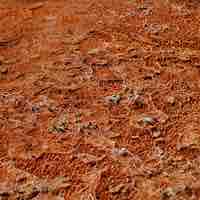
Every ecosystem on Earth contains microorganisms that occupy unique niches based on their specific metabolic properties.
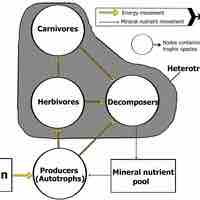
Microorganisms serve essential roles in the complex nutrient exchange system that defines an ecological community.
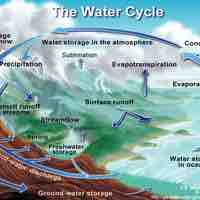
Microbes form the backbone of every ecological system by controlling global biogeochemical cycling of elements essential for life.
The extraordinary biological diversity among microbes reflects their ability to occupy every habitable environment on the planet.
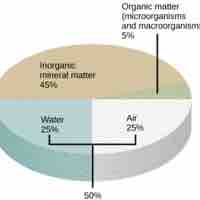
Soil is a mix of varying amounts of inorganic matter, organic matter, water, and air.
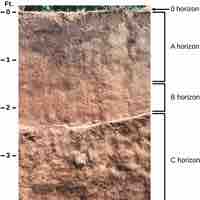
Soils are made up of combinations of four distinct layer types or horizons: O horizon, A horizon, B horizon, and C horizon.
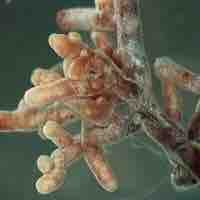
A mycorrhiza is a symbiotic association between a fungus and the roots of a vascular plant.
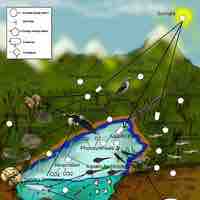
Wetlands are considered one of the most biologically diverse of all ecosystems.
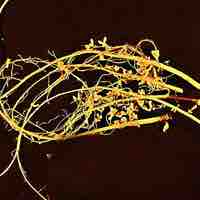
An endophyte is an endosymbiont, often a bacterium or fungus, that lives within a plant for at least part of its life without causing apparent disease.
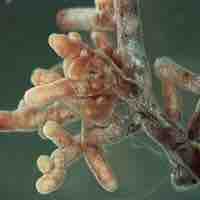
Many plants form associations called mycorrhizae with fungi that give them access to nutrients in the soil, protecting against disease and toxicities.
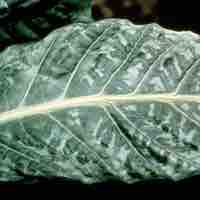
There are four main bacterial pathogenicity factors: cell wall degrading enzymes, toxins, phytohormones, and effector proteins.
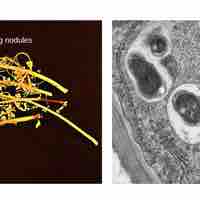
Plants cannot extract the necessary nitrogen from soil, so they form symbiotic relationships with rhizobia that can fix it as ammonia.
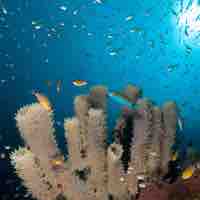
The marine environment supplies many kinds of habitats that support marine life.
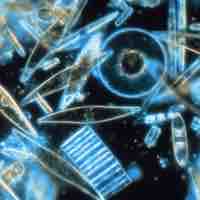
Plankton (singular plankter) are any organisms that live in the water column and are incapable of swimming against a current.
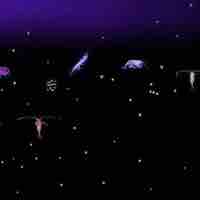
Plankton communities are divided into broad categories of producer, consumer, and recycler groups.
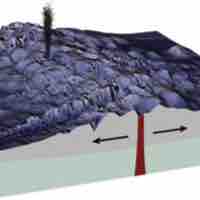
Ocean floor extremophile chemosynthetic microbes provide energy and carbon to the other organisms in these environments.
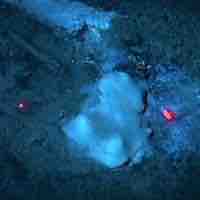
A cold seep is an area of the ocean floor where hydrogen sulfide, methane, and other hydrocarbon-rich fluid seepage occurs.
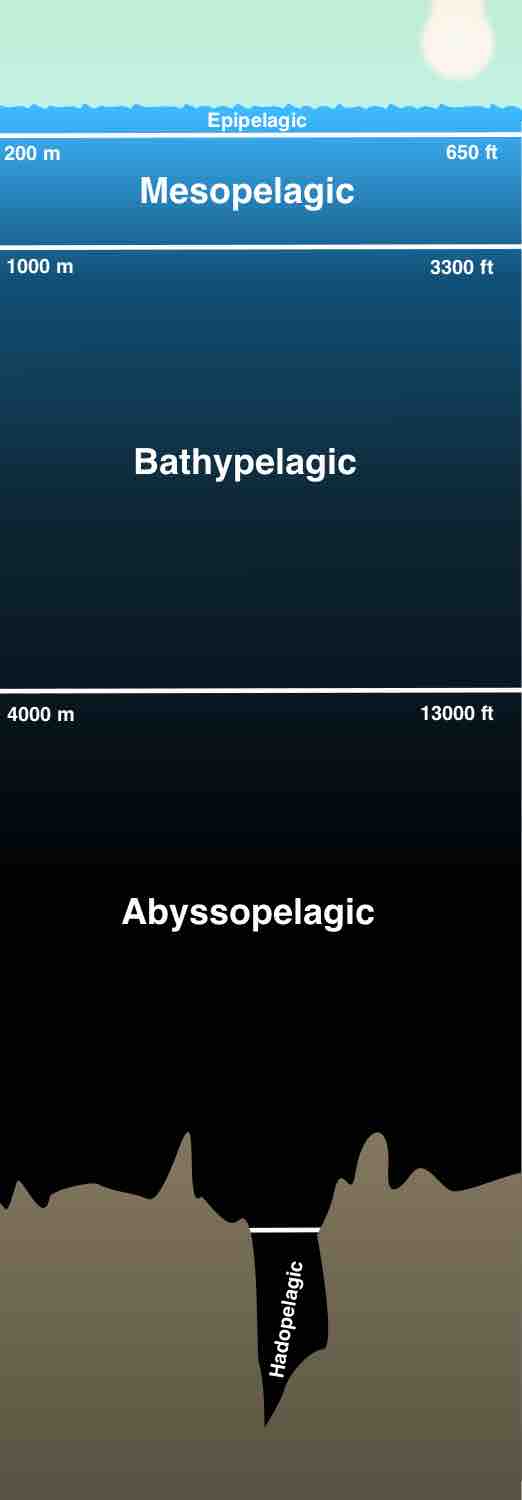
A piezophile (also called a barophile) is an organism which thrives at high pressures, such as deep sea bacteria or archaea.
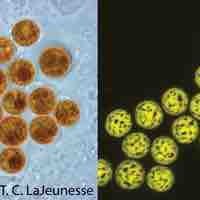
Zooxanthellae refers to a variety of species that form symbiotic relationships with other marine organisms, particularly coral.

Sponge reefs serve an important ecological function as habitat, breeding and nursery areas for fish and invertebrates.

Fresh water is naturally occurring water on Earth which has low concentrations of dissolved salts and other total dissolved solids.
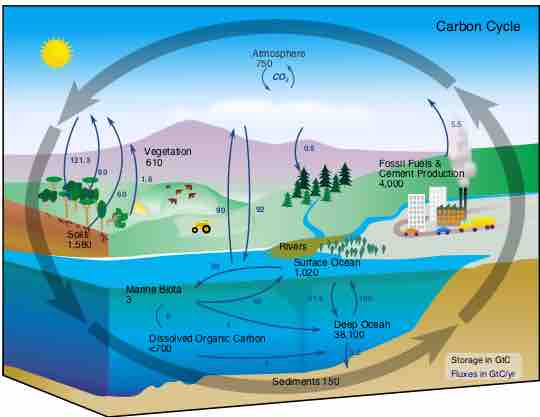
Biogeochemical cycles are pathways by which essential elements flow from the abiotic and biotic compartments of the Earth.
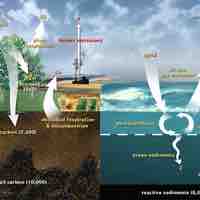
The carbon cycle describes the flow of carbon from the atmosphere to the marine and terrestrial biospheres, and the earth's crust.
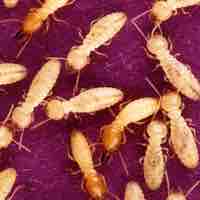
Bacteria that perform anaerobic fermentation often partner with methanogenic archea bacteria to provide necessary products such as hydrogen.
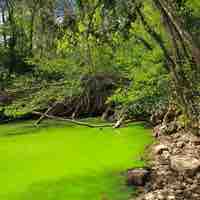
Phosphorus, important for creating nucleotides and ATP, is assimilated by plants, then released through decomposition when they die.

The nitrogen cycle is the process by which nitrogen is converted from organic to inorganic forms; many steps are performed by microbes.
Many bacteria can reduce sulfur in small amounts, but some bacteria can reduce sulfur in large amounts, in essence, breathing sulfur.

Iron is an important limiting nutrient required for plants and animals; it cycles between living organisms and the geosphere.
Symbiosis is a relationship between two organisms: it can be mutualistic (both benefit), commensal (one benefits), or parasitic.
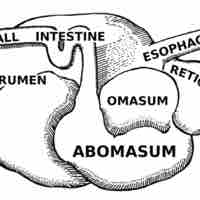
Ruminant animals (such as deer and cows) digest food in a four-chambered stomach with the help of special bacteria, protozoa, and fungi.
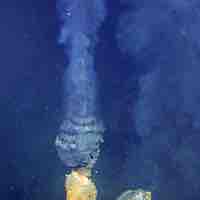
Hydrothermal vents are home to chemosynthetic bacteria, which are the basis of a unique ecosystem that thrives in total darkness.

Squid host light-generating Allivibiro bacteria in a special organ so that they can illuminate themselves and blend in with the environment.
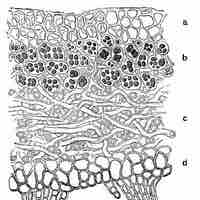
Members of Kingdom Fungi form ecologically beneficial mutualistic relationships with cyanobateria, plants, and animals.
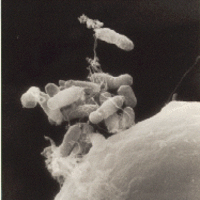
Argobacterium causes Crown Gall Disease by transferring a DNA plasmid to the host plant, causing the host to make nutrients for it.
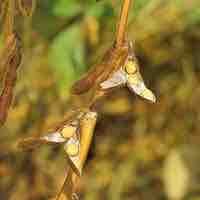
Legumes have a symbiotic relationship with bacteria called rhizobia, which create ammonia from atmospheric nitrogen and help the plant.
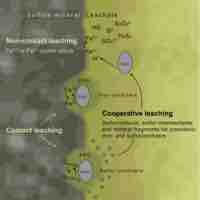
Microbial ore leaching is the process in which microorganisms are used to extract metals from ores.
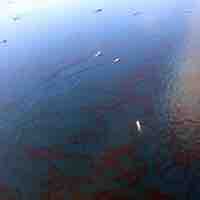
Petroleum oil can be degraded by microorganisms that use it as a source of energy.
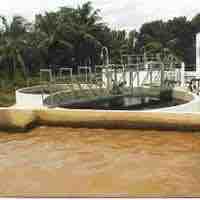
Microorganisms are crucial participants in the detoxification of water and soil.